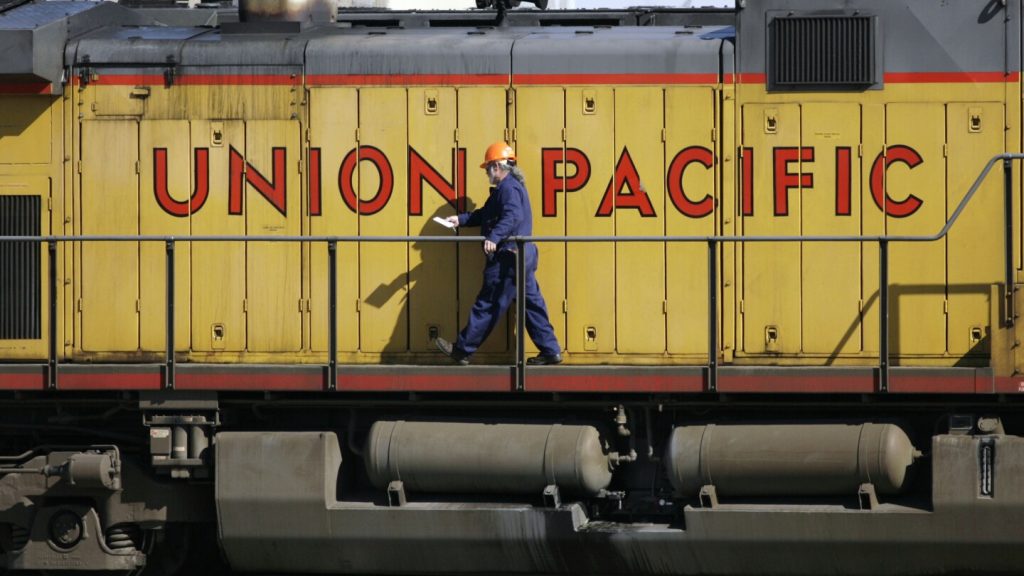Four major railroads, including Union Pacific and BNSF, have filed legal challenges against a new federal rule that would require two-person train crews in most situations. The railroads argue that the mandate is arbitrary, capricious, and an illegal abuse of discretion. The rule, announced last week, has been a milestone in organized labor’s efforts to preserve the practice amid increasing scrutiny into railroad safety after a fiery derailment in Ohio. The industry has long opposed such a regulation, stating that it is unfounded and not supported by safety data.
Union Pacific has expressed concerns about the new rule, claiming that there is no data showing that two people in a cab are safer than one. They argue that the rule hinders their ability to compete in an industry where technology is rapidly changing transportation and prevents them from preparing their workforce for future jobs. BNSF and two smaller railroads, the Indiana Railroad and Florida East Coast Railway, have also challenged the rule, with the Association of American Railroads trade group emphasizing that the rule is not supported by safety data.
Regulators who announced the rule and unions lobbying for the policy argue that having two people in the cab of locomotives provides clear safety benefits as they can keep each other alert and respond immediately to any problems, such as derailments. Transportation Secretary Pete Buttigieg has highlighted the need to improve railroad safety, citing incidents like a train derailment in Ohio that spilled hazardous chemicals and caught fire. Despite calls for reform, Congress has yet to act, and the Federal Railroad Administration has declined to comment on the legal challenges to the new rule set to take effect in June.
Eddie Hall, head of the Brotherhood of Locomotive Engineers and Trainmen union, criticized the railroads for prioritizing profits over safety, calling the legal challenge a sign of their reluctance to invest in improving safety. He pointed out that railroads and their trade association consistently appeal safety reforms and argue that crew sizes should be determined by contract talks, not regulators or lawmakers. The new rule does allow short line railroads to continue operating with one-person crews under certain conditions, but it would make it difficult for any railroads to reduce their crews to one person.
The major freight railroads have argued that advances in automatic braking systems have rendered the second person in the cab unnecessary. They believe a conductor based in a truck can adequately respond to any train problems and that removing the conductor would improve their quality of life by eliminating unpredictable working hours. Railroads have historically challenged states attempting to require two-person crews, leading to a legal battle over this new federal rule. The industry’s contention that there is insufficient data to prove the safety benefits of two-person crews complicates the ongoing debate over crew size and regulatory oversight in the railroad sector.


